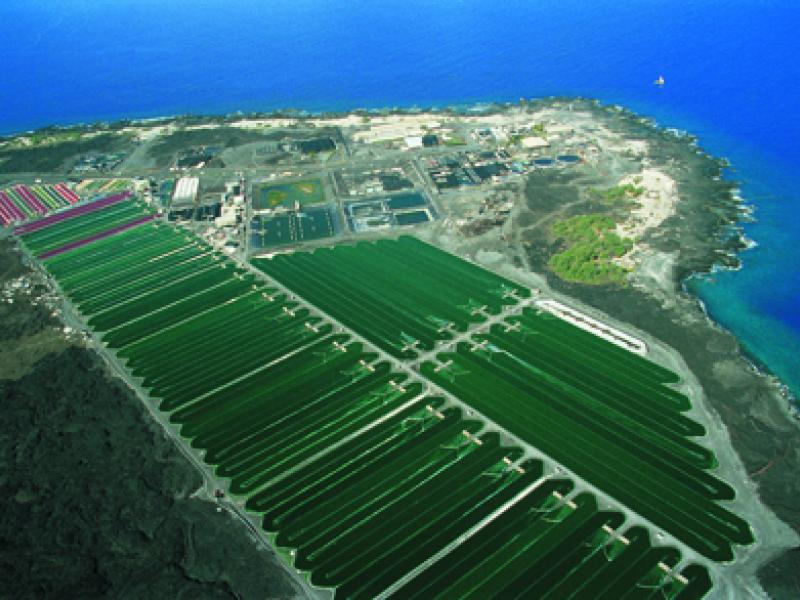Microalgae and cyanobacteria for food

Description of the innovative solution
Microalgae and cyanobacteria can be farmed year round in many parts of the world by using renewable energy in order to be used as a source of protein in human consumption. Algae is packed with proteins and other nutrients that are essential for human diets and can be added to increase protein content. This source of protein has fewer negative environmental impacts than production of other protein sources (crops and livestock) as it has the potential to decrease soil degradation, reduce overuse of freshwater, and reduce carbon emissions into the atmosphere. Algae grows in brackish water and can...
Microalgae and cyanobacteria can be farmed year round in many parts of the world by using renewable energy in order to be used as a source of protein in human consumption. Algae is packed with proteins and other nutrients that are essential for human diets and can be added to increase protein content. This source of protein has fewer negative environmental impacts than production of other protein sources (crops and livestock) as it has the potential to decrease soil degradation, reduce overuse of freshwater, and reduce carbon emissions into the atmosphere. Algae grows in brackish water and can use geothermal or hydroelectric energy sources in order to power LED lights that allow the algae to grow. Currently, microalgae and cyanobacteria are mainly sold as a dietary supplement in the form of tablets and health drinks for human consumption, but are also used as feed additives for livestock and aquaculture. The main species farmed are Spirulina, Chlorella spp., Haematococcus pluvialis and Nannochloropsis spp.
Examples and additional resources
Real-world examples
See this solution in action in different contexts and settings around the world
ValgOrize
Additional resources
Learn more about this solution through studies, articles, business cases, and other information
MICROALGAE: FOOD FOR THOUGHT
Contacts
Connect to others working on and with this solution around the world
Pathways to uptake
Engage with our “backcasting tool” to imagine and design “pathways to uptake” for this solution in your setting.
This process involves defining a future vision of this solution being used in your context, and then working “backwards” to identify necessary steps to achieve this vision by 2030. Going through this exercise as an individual or with a team can help to clarify the WHAT/WHEN/HOW of moving a solution (or package of solutions) towards having major impact. We hope these pathways will inspire outside-of-the-box thinking, creative approaches, and actionable concrete steps to move ideas into action.
Pathway builder
Explore pathways for this solution
Be the first one and add a pathway for this solution!